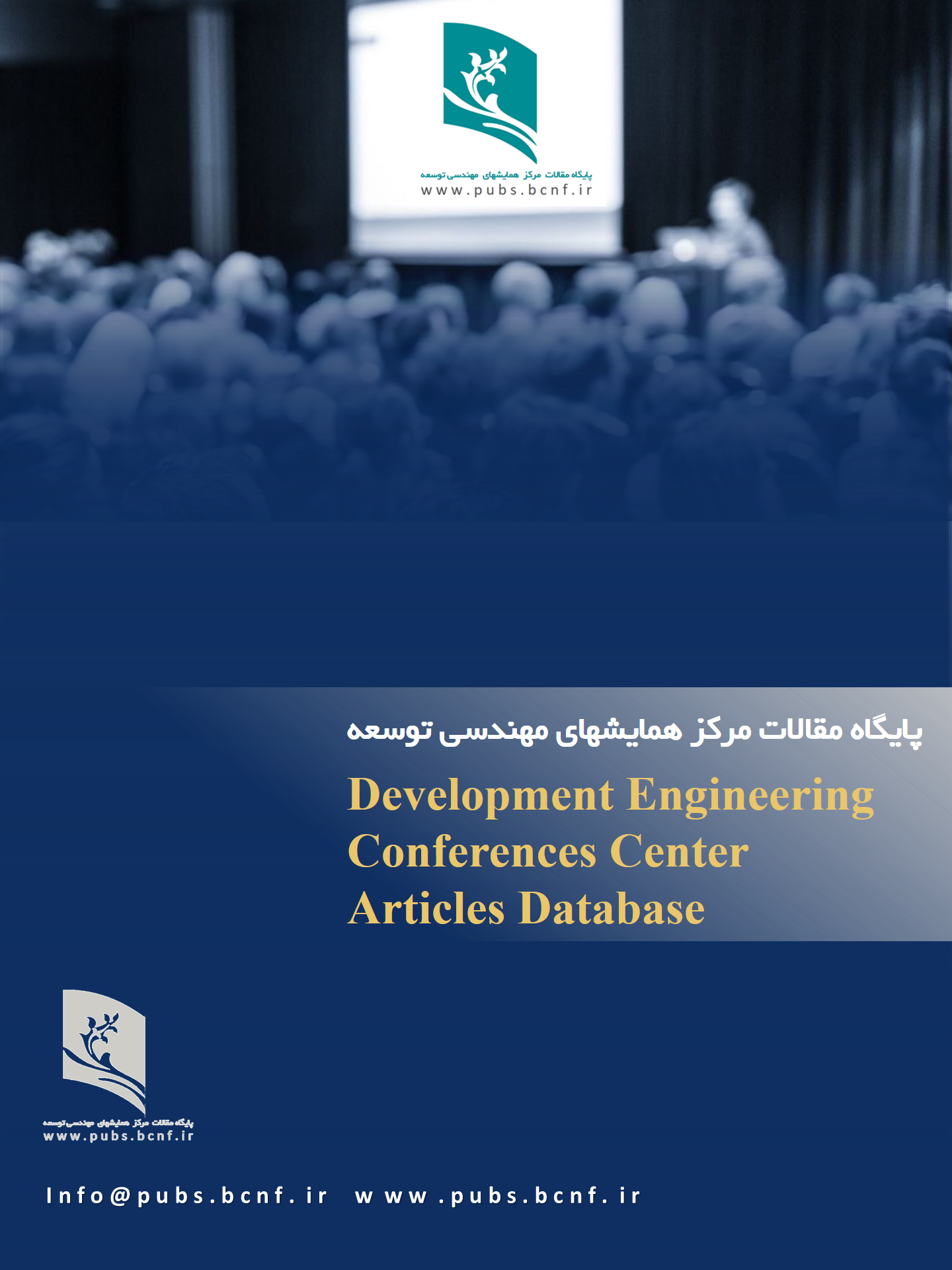Carbon Nanotubes for Targeted Drug Delivery: Properties, Applications, and Future Perspectives
DOI:
https://doi.org/10.5281/zenodo.15880426Keywords:
Carbon nanotubes (CNTs), Targeted Drug Delivery Systems, Functionalization StrategiesAbstract
Carbon nanotubes (CNTs) have been recognized as promising nanomaterials for targeted drug delivery due to their physicochemical properties. Their large surface area, ability to functionalize, and high capacity for the adsorption of therapeutic agents make them versatile platforms for targeted drug delivery systems. This review provides an overview of the key properties of CNTs, including high biocompatibility, chemical stability, and tunable surface properties. Recent studies have emphasized functionalization strategies of CNTs to enhance solubility, minimize toxicity, and enhance the efficiency of targeted drug delivery. The application of CNTs in delivering chemotherapeutic agents, proteins, nucleic acids, and other biomolecules has been investigated. Despite these advantages, challenges such as potential toxicity, environmental concerns, and high production costs remain that require immediate and extensive investigation. This article analyzes the current status of CNTs in targeted drug delivery and discusses future perspectives on CNTs in advanced therapeutic systems.



